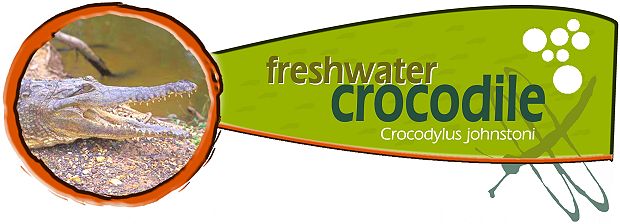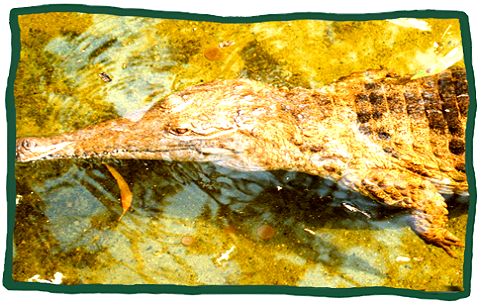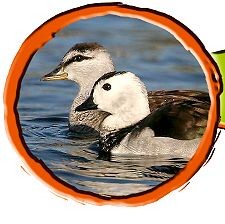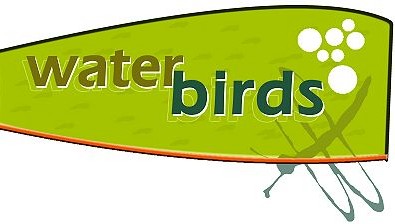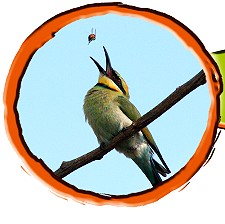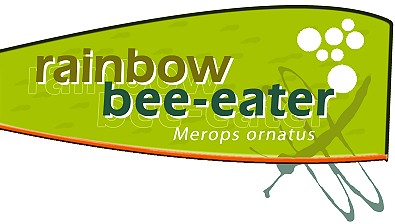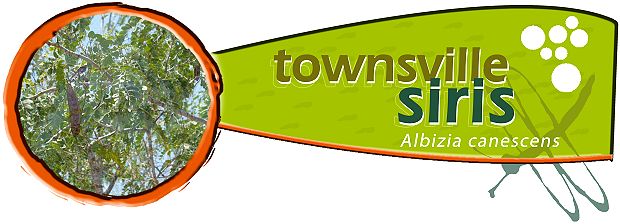White-faced Heron
(Egrettta (Ardea) novaehollandiae)
Closely related to egrets and bitterns, these
wading birds prey on insects, crustaceans, frogs and fish.
Also known as the blue crane, these solitary birds are often seen
wading along riverbanks searching for food.
They use four methods to capture prey: stand and wait, slowly stalk,
actively persue or hover and plunge. |

